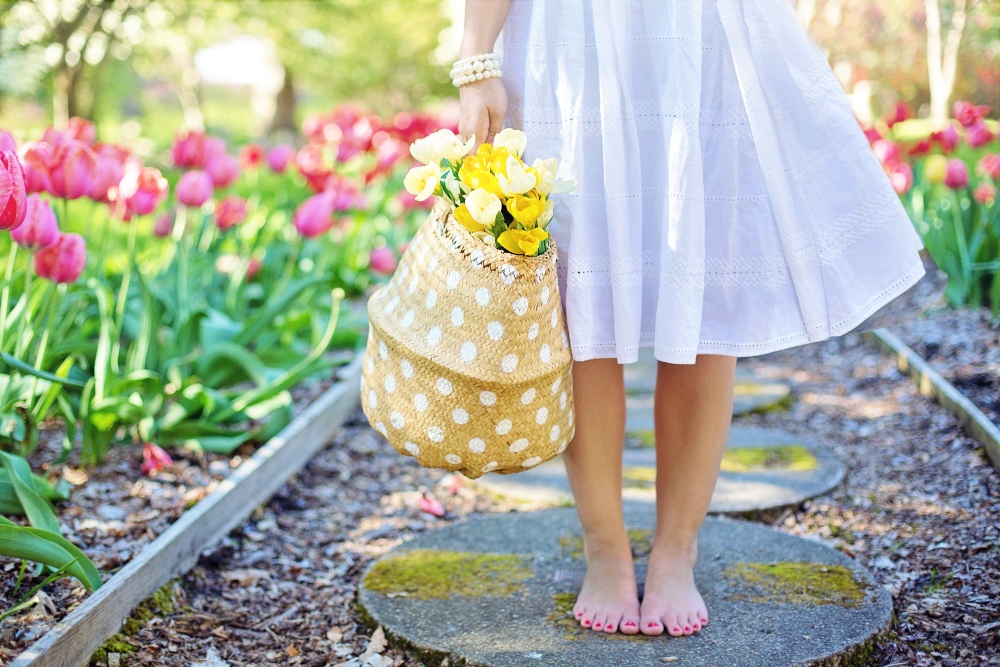
The image source is Pexels.
The idea of engaging in sustainable practices for the environment can be intimidating. However, small steps can make a difference, and the best place to start is in your own home.
Avoid Disposable
We live in a world where almost everything is disposable. Overflowing trash cans and landfills at their limits are evidence of this. Focus on buying items that can be used more than once and that won’t end up in a landfill when they are no longer of use. Invest in silicone bags instead of plastic bags that are thrown away after one use. Ditch disposable straws for ones made of materials that can be washed and reused. Your bathroom alone offers a plethora of opportunities for you to get rid of disposable items. Use shampoo and conditioner in bar soap form to avoid throwing out plastic bottles regularly. Purchase disposable pods that can be added to glass bottles of water for your hand wash. You can even find toothpaste that doesn’t come in plastic containers. You simply bite into a toothpaste tablet and brush. There’s no waste to throw away later.
Reuse
Recycling is a great option, but it should only occur when an item can truly no longer be used. Reusing items helps with sustainability because it lowers the demand for new things. This can help save materials and resources that would otherwise be needed to create new objects. If you really no longer have a use for an item, see if there is someone in your life who does. You can gift items you no longer need and other people can do the same for you. It’s also a good idea to set up a swap or borrow group so you can lend and borrow things you don’t want to buy but need every once in a while. This may include tools or camping supplies that someone is willing to let you borrow if you also have something they can borrow. Borrowing is another method of reusing and reducing your impact on the planet.
Grow Your Own Food
You don’t need acres of land and a barn to grow your own food. You can grow herbs in your kitchen or use raised beds in your backyard for vegetables. This is a beautifully sustainable way to live, and it can also lower your grocery bill. If you want to do more than grow your own food, consider raising animals that offer food. You can have fresh eggs when you invest in chickens, and you won’t need a super large area to raise them. You can find chicken nesting boxes for sale that will offer your animals a safe place to lay eggs. They don’t take up tons of space and are ideal for anyone who wants to start getting their food in a more sustainable way.
Reduce Meat Consumption
You don’t have to be completely vegan to help save the planet, though that is definitely an option. Simply reducing the amount of meat you consume can positively impact the environment. Make meatless Monday a weekly occurrence at your house and find great options that are vegetarian. You can slowly replace other meals during different days of the week so you lower your meat consumption even more. When you do eat meat, don’t use it as the main feature of a dish. Use less and let vegetables, grains, and other foods fill in where meat would have been. This is better for your health, your wallet and the planet.
Skip Plastic
Plastic may be convenient, but it’s detrimental for the environment. Invest in bags that can be reused and skip the grocery store plastic bags. Find mesh fruit bags that aren’t single use so you don’t have to load up on plastic when you buy produce. Stainless steel containers for lunches will last at least as long as plastic, and they are better for the environment. Plastic water bottles that are thrown out after one use are also easy to replace. Simply buy a water container that you can wash and reuse every day. This is a simple step that can keep plastic out of landfills and oceans.
Take small steps in your home to help the planet you love.


